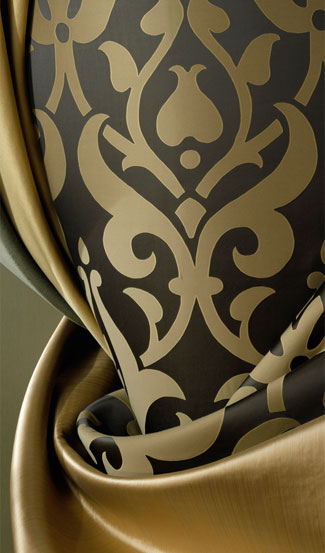
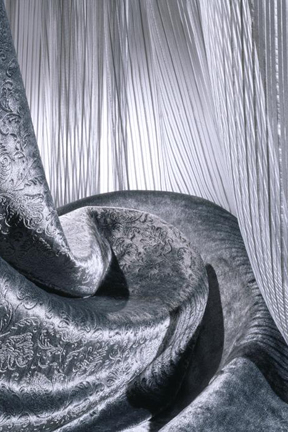
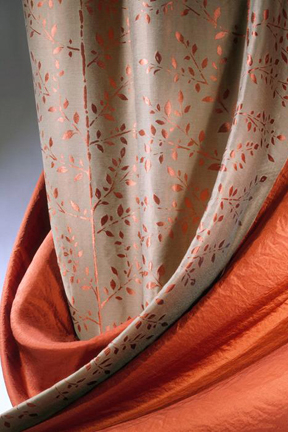

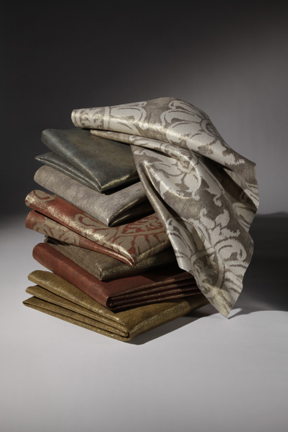
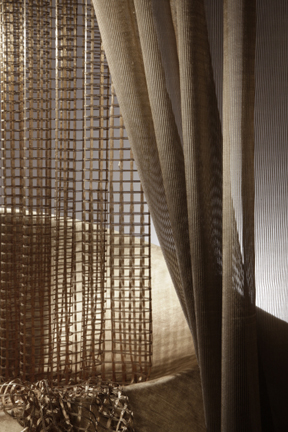
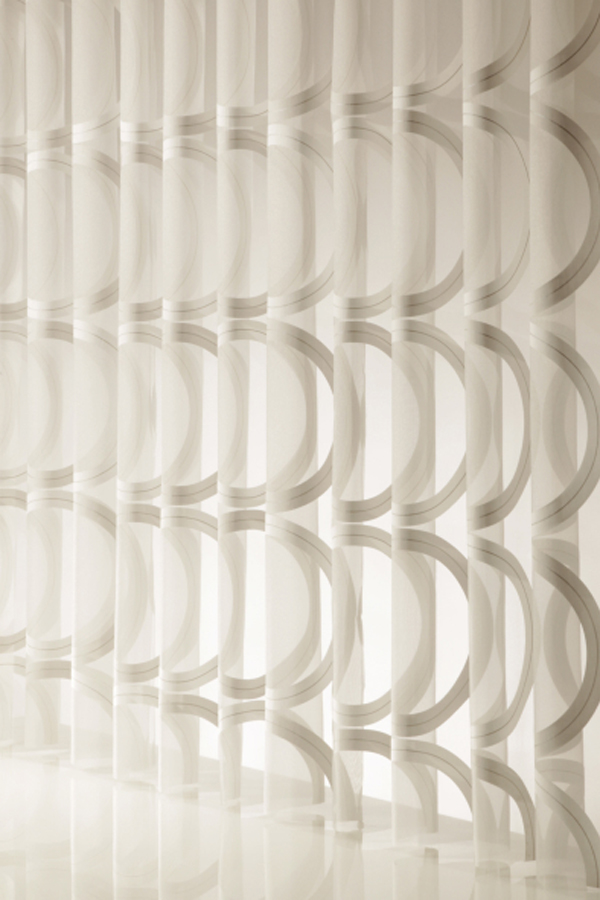
Fabric Care & Maintenance
RODOLPH includes care and cleaning codes under the fabric DETAIL tab.
- Direct sunlight can cause fading and reduce abrasion resistance in many fabrics. Lining your textile of choice before use can reduce these harms, as well as drawing shades during the day.
- The buildup of dust and dirt in textiles can lead to poor results in abrasion tests.
- Vacuum upholstered pieces using a soft brush attachment to prevent the buildup of dust and dirt.
- Minimize the appearance of wear by rotating loose cushions or pillows and by cleaning protective arm covers and head rests.
- When washing fabrics, cleaning instructions regarding temperature, washing, drying and ironing should be adhered to at all time
- It is quite normal for fabrics to shrink during cleaning, sometimes up to 6%.
- Covers and cushion covers should be made with additional allowance (minimum 6%) to account for any shrinkage that may occur during cleaning of the fabric.
- Draperies may fluctuate in length. During its life, a fabric will breathe and absorb moisture, resulting in stretching or shrinking. It is reasonable to expect as much as a 3% change (3 inches from a 3 yard panel).
- Expect a greater degree of change in for fabrics placed near heating and cooling vents.
- When selecting a dry cleaner for your draperies or window dressings, ensure that they can perform a blocking on the fabric to guard against any changes in length.
Stain Removal
- Always consult manufacturer cleaning codes, listed for each particular fabric underneath the Details tab.
- Blot spills or spots immediately with a dry, absorbent cloth. The longer soil or stains are on a fabric, the more difficult it will be to remove.
- Take care not to rub the stain further into the fabric.
- If there is a solid or semi-solid element to the spill (like mud or ketchup) gently remove the excess with a dull knife.
- For velvet: spot clean with a water-free dry cleaning product, wiping in the direction of the pile, so the pile lays flat. When the fabric is dry, brush gently with a suede brush, first against, then with the pile.
- When spot cleaning upholstery, use a mild solvent, an upholstery shampoo, or the foam from a mild detergent. Be sure to check fabric specific cleaning instructions. If possible, test your cleaning method on a small, inconspicuous portion of the fabric.
- Special care should be taken when cleaning fabric that has undergone an aftertreatment, as this can alter the required cleaning method
- Whenever possible, RODOLPH recommends hiring a reputable professional cleaner who has the knowledge base necessary to solve your problem quickly and efficiently.
Cleaning Polyurethane
- Polyurethane blocks moisture, so most water-based stains can be eliminated with just soap, water, and a soft sponge.
- For a more difficult stain such as ink, first check to see if the pattern has a solvent resistant finish. A textile with a solvent resistant finish can be cleaned with Windex, mineral spirits, a 50% bleach solution, or Naphtha.
Nano-Tex
- Dry cleaning is not recommended for Nano-Tex enhanced fabrics. Spills and stains should be removed as soon as possible. If spills are removed immediately there will be little to no staining. If a spill goes unnoticed for a period of time and staining does occur, the Nano-Tex enhanced fabric will clean quickly and easily with proper cleaning procedures
- Clean liquid spills with a dry, clean cloth. Gently blot (don't rub) the spill immediately with an absorbent cloth while the spill is still fresh.
- For semi-solid spills, try to lift the spot off of the fabric. Working in a circular motion or removing the spill from the side is often the best way to lift a spil from the fabric. Change the towel surface frequently until the spot has been transferred off of the fabric and onto the cloth. Try to avoid pressing or spreading the stain. Wipe off with clean water and a clean dry cloth if needed.
- For stubborn spills, if a spill does not come off with water and a clean, dry cloth, add a mild detergent mised with water and repeat the circular motion. If a stain remains, a solvent may be needed to remove the stubborn stain. Wipe off with water and a clean, dry cloth. Gently Rub. Remove all soap residue from the surface with clean water.
